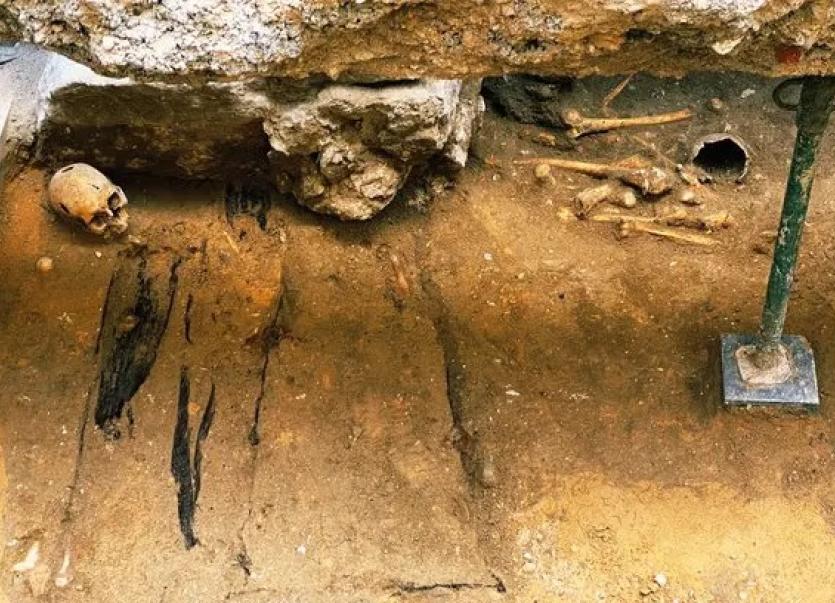21 Mar (Leitrim Observer).- It is expected that the excavation will resume with agreement from Santander Bank
Siobhan McNamara, 21 Mar (Leitrim Observer).-
There is hope that the search for the remains of Red Hugh O’Donnell in Spain can resume.
A major excavation in the historic city of Valladolid in the Castille Y Leon region took place last May. O’Donnell is believed to be interred in the now buried Chapel of Wonders in the convent of San Francisco.
Around 20 sets of skeletal remains were unearthed during last year’s archaeological dig. It had been hoped that the Donegal chieftain’s remains would be among them. But preliminary investigations suggest that they all predate O’Donnell’s burial.
The Donegal chieftan arrived in Spain in early 1602. His journey followed the famous unsuccessful attempt in Kinsale to break the English siege on Spanish troops during the Nine Years War against the occupying English.
O’Donnell’s mission was to garner further support from King Felipe III. The king promised troops but they never materialised.
In 1602 while awaiting an audience with the Spanish king, O’Donnell died suddenly while en route to the then capital of Spain, Valladolid. He was just 29 years of age. One theory is that he was poisoned by an Irish traitor paid by the English. It has also been suggested that he died from a parasitic infection.
O’Donnell was laid to rest in the convent of San Francisco at Valladolid.
According to the Annals of the Four Masters: “His body was conveyed to the king’s palace at Valladolid in a four-wheeled hearse, surrounded by countless numbers of the king’s state officers, council, and guards, with luminous torches and bright flambeaux of beautiful wax-light burning on each side of him.”
Historians say O’Donnell’s skeleton will be easily identifiable since it is well documented that he lost toes to frostbite following his escape from Dublin Castle in 1591.
Last year’s excavation generated huge interest, not just in Donegal and Ireland but around the world. O’Donnell was described in international news coverage as ‘the William Wallace of Ireland.’
The Spanish are greatly interested in this major excavation of their former capital city. Authorities, archaeologists and historians are all hoping that the dig can resume and the chieftain’s remains will be found.






Post a comment